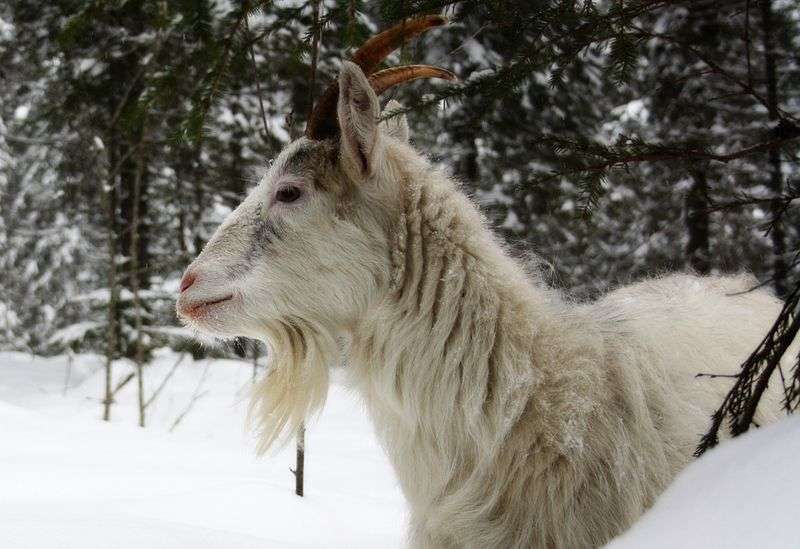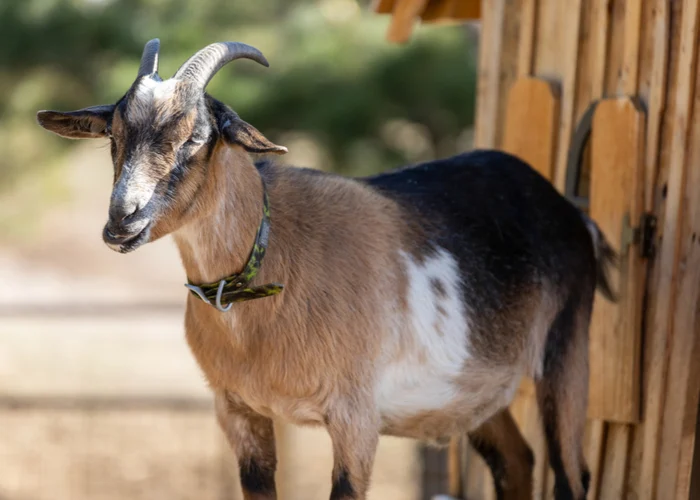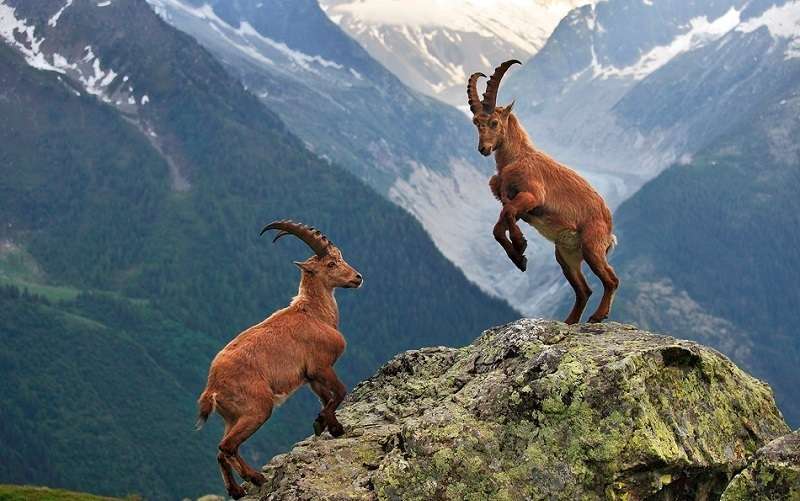
Description:
Goats of average size and weight, with a thick undercoat, especially in the winter, and a coat of coarse guard hairs that are often lengthy, especially over the back and hind legs. Both sexes can grow horns or polls and have long beards. Typically self-colored, pied, or saddled; in white, black, gray, or gray-black. Brown coloring is less common.

Behavior:
Friendly and amenable. The Finnish Landrace goat efficiently forages from brush and trees because it is well adapted to the region’s chilly environment and free-range farming practices.
Benefits/Uses:
Finnish dairy products include cheese and feta. Most farms and hobbyists keep small herds of Finnish Landrace goats, which are milked by hand. Although young goat meat is flavorful, it is not a tradition in the area because juveniles do not gain weight quickly.
Origin/History:
The landrace breed of goat known as the Finnish Landrace, also known as the Finngoat (Finnish: Suomenvuohi), originated in western Finland. The sole breed of goat that is indigenous to Finland, the finn goat, was developed by crossing native goats with imported animals from other parts of Europe, particularly Switzerland.
The landrace breed of goat known as the Finnish Landrace, also known as the Finngoat (Finnish: Suomenvuohi), originated in western Finland. The sole breed of goat that is indigenous to Finland, the finn goat, was developed by crossing native goats with imported animals from other parts of Europe, particularly Switzerland.
Table





